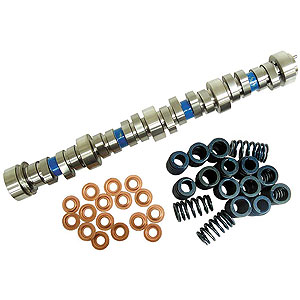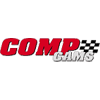Maniacmechanic1
solid fixture here in the forum

Chevrolet LS Hot Cam Kit
19355738
Your Price: $585.16
Suggested Retail: $615.96
Product Details
LS SERIES CAMSHAFTS
All LS camshafts are compatible with production-style LSX and C5R blocks, as well as all of our cylinder heads – although piston-to-valve clearance must be checked on some applications. We offer a broad range of production and racing-style camshafts that are factory-engineered to deliver maximum performance when paired with our high-flow cylinder heads. Save yourself the time and expense of going to an aftermarket camshaft supplier and build your LS engine with a genuine GM cam. We’ve also got the valvetrain components you need to finish the engine, including lightweight components designed for high-rpm performance.
- Hot Cam Kit
- Duration @ .050" Lift( Deg): Intake: 219 / Exhaust: 228
- Maximum Lift (in) W/ 1.7 Rocker: Intake: .525 / Exhaust: .525
- Lobe Centerline ( deg): 112
- Technical Notes: Kit includes 16 LS6 valve springs retainers
Our Story
Visit Our "What's New" page to get all the latest GM Performance News, Announcements, and Specials. We have some of the lowest prices on GM Performance Parts, GM Performance Engines, and GM Performance Transmissions. Our large inventory and huge warehouses allow us to offer some of the best prices around.
Categories
- Crate Engines
- Transmissions
- Connect & Cruise Systems
- Engine Components
- Additional Parts
- Books & Manuals
- Vehicle Specific Parts
- Holley / MSD
- Home
- About Us
- What's New
- Newsletter
- Shipping and Return Policy
- Contact Us
- Site Map
- Mopar Motor: Engines, Transmissions, Accessories
- Warranty Information
- Rebate Form
- Engine / Transmission Registration
- 919 Auto Plaza Dr. Green Bay, WI 54302
- 800.242.2844
- Email Us
**Images used in this site may be stock photos and not represent the actual part. Part numbers and prices are subject to change without notice.***
© 2018 Web Design and Ecommerce Solutions by IPSSolutions.com, LLC






